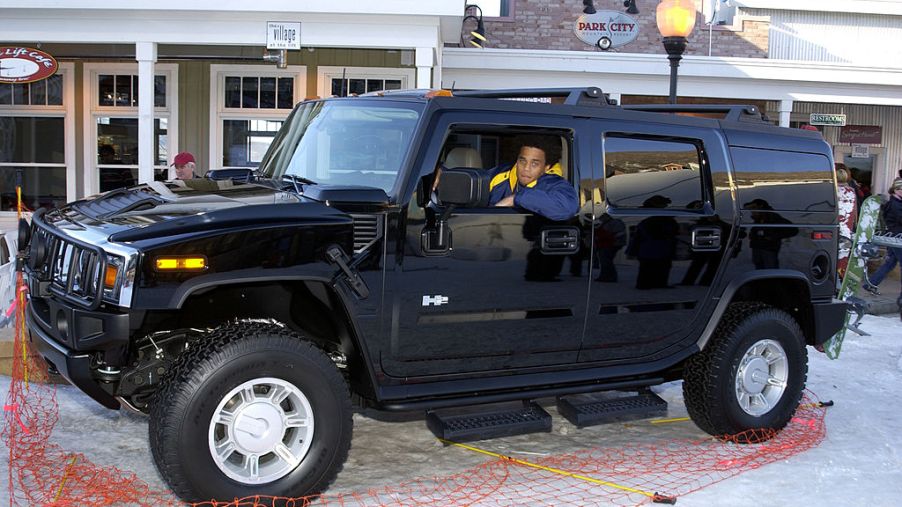
Why Are Cars Getting Higher and Higher off the Ground?
If you’ve owned your current vehicle for a while and it’s been a few years since you last browsed the latest model cars on the market, you may be in for a surprise. Taking a test-drive today, after taking a five to ten-year hiatus from test-driving, you may notice the cars are sitting a little higher off the ground.
When diving into the dimensions and measurements of new vehicles, almost all of them have increased positioning options. We wanted to explore why this ‘growing’ trend is happening and answer once and for all — why are cars getting higher and higher off the ground?
Ground clearance isn’t just for off-roading anymore
It used to be that the only consumers really concerned about ground clearance, were those looking to trailblaze off-road. After all, the only way to tackle terrain is with enough room to climb and crawl over anything, without taking on damage.
But there has been an increased priority in ground clearance for vehicles beyond the truck lineup or monster SUV models. Jeeps aren’t the only vehicles with 10 or more inches of ground clearance anymore.
The crossover boom
Over the last decade, in part to increasing fuel prices, consumers began demanding more fuel-efficient SUVs with comparable towing and performance capabilities to the full-size models on the market. Automakers went back to the drawing board, and the crossover was born.
Car owners began transitioning up, and gas-guzzling SUV owners downsized to these ‘goldilocks’ vehicles. Consumers love that they drive like a car, offer more cargo than sedans, and ground clearance with a new view.
A feature no one knew they needed
As more and more crossovers hit the roadways, drivers started to realize just how improved the higher-mounted vehicles would make their view. For the vertically challenged, having a crossover meant increased visibility.
Coupled with features like adjustable pedals, telescoping wheels, and driver assistance tech, anyone behind the wheel could find the most comfortable position. These models weren’t monsters to climb up into either. The vehicles’ statures were just the right height for many to get in and out with ease. As the masses flocked to this new segment, the sedan automakers began to take notice.
Cars got higher too
In an attempt to tap into that crossover and compact SUV audience, cars began to emerge with bumps in height too. The Kia Soul, VW Beetle, the Audi A4 Allroad, and the Volvo S60 Cross Country all boast taller heights, with ranges of five to seven inches off the ground.
For those brands unable to make significant changes to the height of the frames in their lineups, incorporating driver’s seat positioning technology became the solution. Giving the car buyer options for a lifting adjustment in the seat both increased overall comfort, as well as improved visibility.
Other benefits of higher ground clearance
It’s understood that cars positioned lower to the ground offer better performance, safer handling, and better mpg ratings. However, the benefits of increased ground clearance are outweighing these considerations with many consumers.
Older drivers appreciate the ease of getting in and out, as well as visibility enhancement. Being a little higher off the ground also means drivers are less likely to scrape obstacles and cause damage.
When it’s time to get serious about buying your next vehicle, you’ll no doubt be selective about features and options. One metric worth adding to your must-have list is a vehicle’s height. Whether it’s a sedan with better seat positioning options or a crossover with higher overall stature, you’re sure to notice a little growth spurt among them all.
You may also find that having a higher vantage point proves to be one of your most important requirements in a new car altogether.


